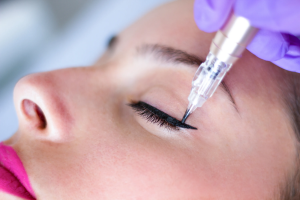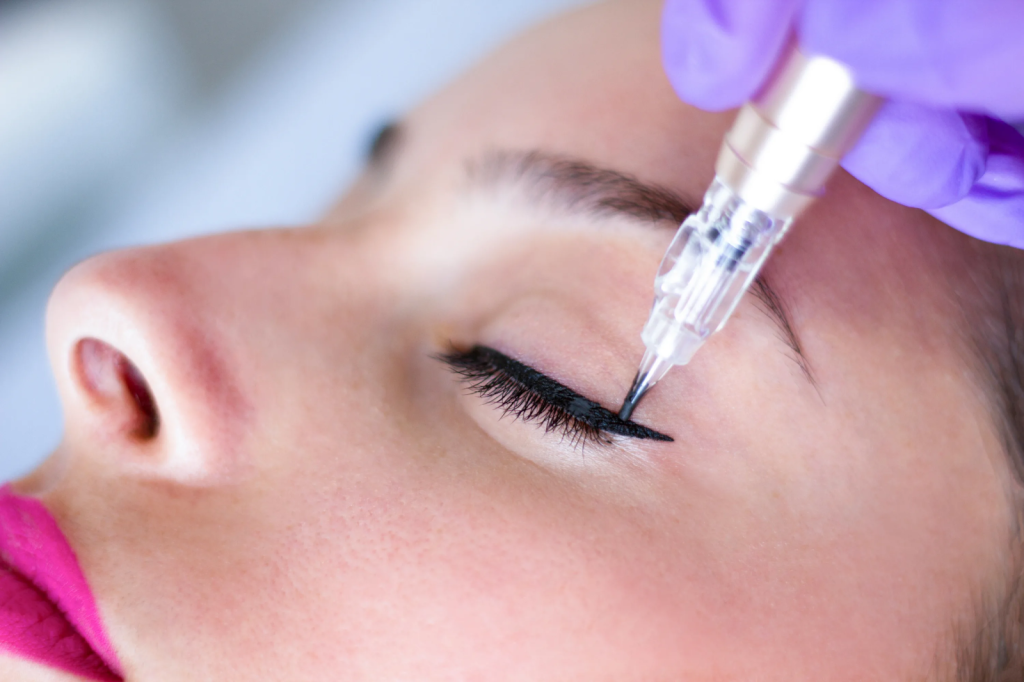Facial asymmetry is a common concern for many individuals, inciting curiosity about whether sleeping habits can influence the balance of our features. As we delve into this topic, it’s important to clarify that while sleeping on your back may offer certain benefits to skin health and appearance, it is not a definitive fix for facial asymmetry. The complexities of our facial structure are influenced by a myriad of factors, including genetics, lifestyle, and age. This article will explore the connections between sleep positions, particularly back sleeping, and the pursuit of facial symmetry.
Introduction to Facial Asymmetry

Facial asymmetry is the unevenness or variations in the form of one’s face when compared on either side of the dividing line – the nose. Many factors, such as developmental issues, trauma, or natural aging, can cause these inconsistencies in facial features. Despite the prevalence of asymmetry, it often leads to a psychological burden, with people seeking various methods to correct or minimize these perceived imperfections. Understanding these nuances in facial structure is vital to debunking myths regarding their malleability through lifestyle changes, such as sleep position.
The Sleeping Position Debate

The positions we adopt during slumber have long been scrutinized for their impact on health and beauty. Stomach, side, and back sleepers all experience different forces on their face throughout the night. For instance, side and stomach sleepers may notice temporary marks or an exacerbation of wrinkles after waking—a consequence of prolonged pressure. However, it’s important to separate anecdotal conjecture from scientifically backed evidence when considering the ability of sleep to shape our facial symmetry.
Sleeping on Your Back: A Potential Solution?
Back sleeping is championed by some experts for its potential neutrality on the face, avoiding pressure that could contribute to asymmetry over time. The alignment benefits can extend beyond facial aesthetics, supporting spinal health that inadvertently could influence facial positioning. Though it is not a panacea for correction, regular back sleeping may serve as a preventive measure against further asymmetry. Nonetheless, reliable case studies that directly link back sleeping to improved facial symmetry are scarce, and sweeping claims should be taken with caution.
Other Factors Impacting Facial Asymmetry
Besides sleeping position, factors such as aging impassively skew our facial symmetry as skin elasticity decreases and muscle tone changes. Lifestyle habits like consistent UV exposure, smoking, and poor nutrition only speed up this process. Moreover, genetics play a considerable role in determining the symmetry of our facial features, often out of our control. Hence, while we can make lifestyle adjustments like optimizing our sleep position, these efforts must be contextualized within the broader aspects affecting facial balance.
Complementary Strategies for Improving Facial Symmetry
For those keen on enhancing facial symmetry, combining back sleeping with complementary practices could be more effective. Regular facial exercises are touted to fortify muscles and even out discrepancies, while certain skincare routines can improve skin quality, making irregularities less noticeable. Moreover, modern medical options, such as fillers or corrective surgery, present more direct approaches for significant asymmetries. Keeping in mind these interventions vary widely in terms of commitment and risk.
Key steps to complement back sleeping include:
- Implementing a targeted facial exercise regime
- Maintaining a diligent skincare routine, including facial massages
Realistic Expectations and Long-Term Care
It’s essential to anchor our expectations in reality; sleeping positions alone will not fundamentally alter our facial structure. Rather, an integrated approach, combining good sleep habits with skincare and healthy living, can contribute to the overall well-being and possibly a more balanced appearance. Our focus should remain on embracing personal differences while caring for our health, seeking professional advice when a particular aspect of our appearance becomes a persistent concern.
The following table summarizes the key factors contributing to facial asymmetry and whether back sleeping can address them:
| Factor | Description | Impact of Back Sleeping |
|---|---|---|
| Genetics | Inherited characteristics affecting facial symmetry | Minimal |
| Lifestyle | Habits and exposures influencing skin health | Moderate |
| Age | Natural aging processes affecting facial tissues | Minimal |
| Medical Conditions | Health issues that can impact facial features | Consult healthcare provider |
Conclusion
In sum, while back sleeping may be beneficial for some aspects of skin health and can help to prevent the exacerbation of facial asymmetry, it’s not a magical solution for correcting imbalances. It’s crucial to take a multifaceted approach to facial care that includes guarding against contributory factors and potentially exploring corrective measures for more pronounced asymmetry. Above all, embracing one’s unique features and maintaining overall wellness should be at the core of any personal care routine.
FAQs About Sleeping Positions and Facial Asymmetry
Q: Can sleeping on my back really change my facial structure?
A: Back sleeping may alleviate pressure on the face which can contribute to wrinkles or imprints from pillows, but it’s not likely that it will cause any significant changes to your facial bone structure.
Q: How long does it take to see improvement in facial symmetry from back sleeping?
A: Improvements in facial symmetry through any sleep position change would be subtle and gradual. Asymmetry prevention, rather than correction, is the realistic goal in this context.
Q: Are there pillows designed to help maintain a back-sleeping position?
A: Yes, there are ergonomic pillows available that may help with maintaining a back-sleeping position, potentially offering support that could mitigate pressures on the face.
Q: Is facial asymmetry common, and should I be concerned about it?
A: Facial asymmetry is quite common and usually not a cause for concern unless it’s severe or causing distress.
Q: Could back sleeping be harmful for some individuals?
A: While generally safe, back sleeping can worsen conditions like sleep apnea or acid reflux for some people. It’s important to consult with a doctor if you experience any adverse effects from back sleeping.





